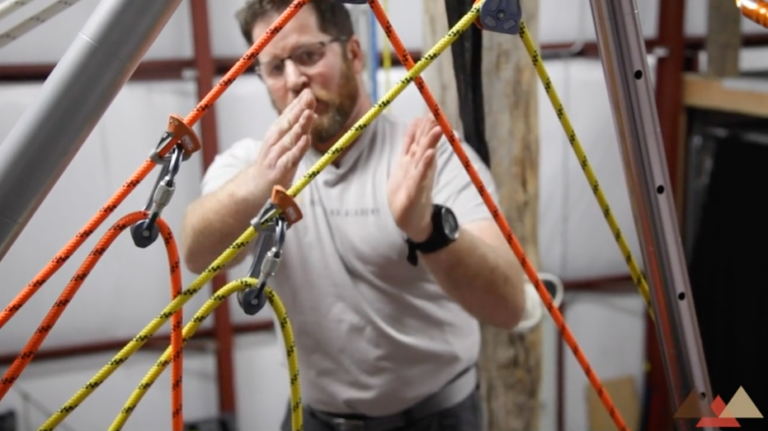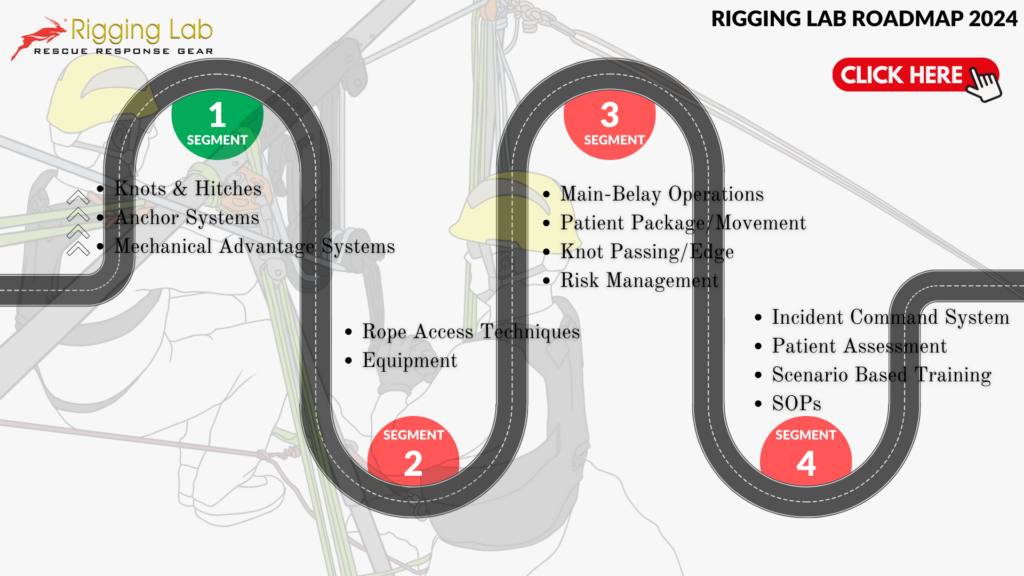This is a 2 Part piece… I had a few Rescue Response Gear customer ask for a couple of AHD basic setup ideas – I thought these two would do nicely… So here they are.
Before delving into the intricacies of high directional setups and systems, it’s imperative to grasp some foundational concepts, with “resultant” being a primary focus. Understanding the resultant is vital in the realm of high directionals, as it is a determinant of their stability. The term “resultant vector” refers to a force’s measurement in both magnitude and direction, which is crucial when assessing the stability of high directional systems.
Fundamental Concepts
- Resultant Vector: A crucial element in high directional setups, indicating both the force and direction, critical for assessing system stability.
- High Directionals: These are setups used in various applications, such as rescue operations, to manage the direction and force of loads.
- Stability Through Head Pulleys: The focus is on ensuring the resultant vector falls within the system’s footprint (frame or pod) for stability. The direction of force through the head pulleys, rather than its magnitude, is of particular interest.
- Guiding Systems: Employed to manage and optimize the stability of the system through techniques like the Petzl Jag, Voodoo or Transport Hitch, and a non-working three-to-one system, these guiding systems are essential for maintaining the desired resultant within the system’s defined space.
Key Points
- The equality of force on either side of a pulley necessitates a focus on the direction to ensure the resultant vector falls within the system’s footprint for stability.
- Even with inevitable movement, maintaining stability is critical, with deviations often caused by changes in force direction, such as an attendant moving lines during an edge transition.
- Guiding systems are instrumental in preserving stability by providing opposing tension around the frame, ensuring that the resultant vector remains within a defined space.
Summary
High directional setups and systems are complex configurations that rely on the precise management of forces to ensure stability and safety. The concept of the resultant vector is central to this process, serving as a critical factor in the design and implementation of these systems. Through the use of specialized guiding systems and careful consideration of force direction, high directional setups can achieve the necessary stability for their intended applications. Whether utilizing a monopod, gin pole, or more complex configurations, the principle remains the same: the resultant must always fall within the defined space of the frame to maintain system stability. This foundational understanding paves the way for more advanced discussions on high directional systems, including practical applications and troubleshooting.
Peace on your Days
Lance










